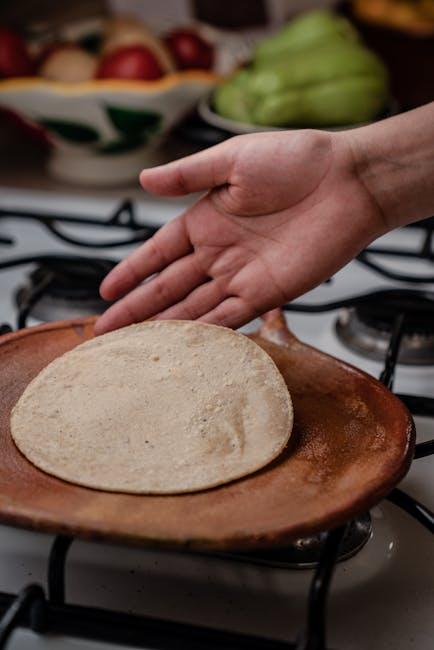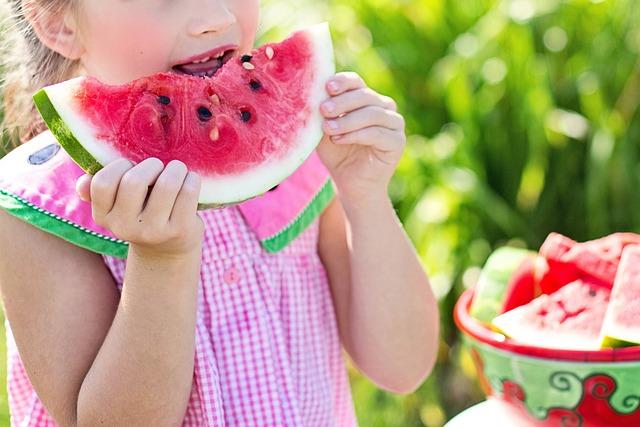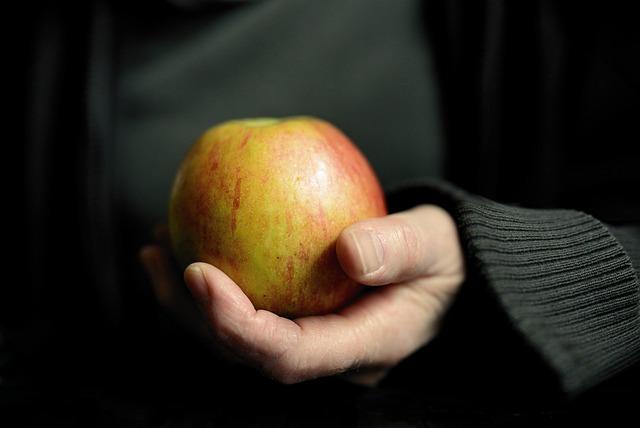In a world where food choices abound yet clarity often eludes us, the quest for a sustainable diet becomes both a personal journey and a global imperative. Navigating this path requires more than just a checklist of superfoods or a fleeting commitment to the latest trend; it demands a thoughtful approach that aligns with your lifestyle and values. This article delves into the art and science of crafting a diet that not only nourishes your body but also respects the planet. Join us as we explore practical strategies, insightful tips, and inspiring stories that empower you to build a sustainable diet tailored just for you.
Balancing Nutrition with Personal Preferences
Creating a diet that aligns with both nutritional needs and personal tastes can seem daunting, but it doesn’t have to be. Start by identifying foods that you genuinely enjoy. This is crucial for long-term adherence. Instead of forcing yourself to eat kale if you despise it, explore alternatives like spinach or Swiss chard that might suit your palate better. Focus on incorporating a variety of foods to ensure a balanced intake of essential nutrients. Remember, the goal is to find a middle ground where health and enjoyment coexist.
- Experiment with Recipes: Modify traditional recipes to include healthier ingredients without sacrificing flavor.
- Mindful Substitutions: Swap out less nutritious components with healthier options that you enjoy.
- Portion Control: Enjoy your favorite treats in moderation rather than eliminating them completely.
Embrace flexibility in your approach. It’s important to listen to your body’s needs and cravings. By allowing room for occasional indulgences, you reduce the risk of feeling deprived. This balance not only fosters a sustainable diet but also nurtures a positive relationship with food.

Incorporating Local and Seasonal Ingredients
Embracing the flavors of your local environment not only supports nearby farmers but also enhances the nutritional value of your meals. By selecting produce that’s in season, you can enjoy fruits and vegetables at their peak freshness, ensuring richer taste and more vibrant nutrients. Local markets often showcase a variety of options that align with the changing seasons, making it easier to integrate these ingredients into your daily diet.
To effortlessly weave local and seasonal elements into your meals, consider the following tips:
- Visit Farmers’ Markets: Discover unique produce and engage with growers for recipe ideas.
- Plan Seasonal Menus: Adapt your meals to the seasons, experimenting with new ingredients each month.
- Join a CSA (Community Supported Agriculture): Receive a weekly box of seasonal produce directly from local farms.
- Preserve the Season: Learn canning or freezing techniques to enjoy seasonal bounty year-round.
By integrating these practices, you not only support sustainable agriculture but also enrich your culinary experiences with fresh, nutrient-dense foods.

Mindful Eating: Cultivating Awareness and Enjoyment
Incorporating mindfulness into your eating habits can transform the way you experience food, turning each meal into an opportunity for greater awareness and satisfaction. By focusing on the present moment, you can make more intentional choices that align with your body’s needs and your personal values. Here are some strategies to get started:
- Pause Before Eating: Take a moment to breathe and express gratitude for your meal. This simple act can set a positive tone and help you become more aware of your hunger cues.
- Savor Each Bite: Pay attention to the flavors, textures, and aromas of your food. Chew slowly and enjoy the experience, which can lead to greater enjoyment and reduced overeating.
- Listen to Your Body: Tune into how different foods make you feel, both physically and emotionally. This awareness can guide you in choosing foods that truly nourish and satisfy you.
- Eliminate Distractions: Try to eat without the interruption of screens or multitasking. This allows you to fully engage with your meal and recognize when you’re satisfied.
By embracing these practices, you not only enhance your eating experience but also cultivate a more harmonious relationship with food that supports your lifestyle and well-being.

Adapting to Change: Flexibility in Sustainable Choices
In the journey towards a sustainable diet, flexibility is your best ally. Embracing change doesn’t mean overhauling your entire lifestyle overnight. Instead, consider small, adaptable steps that align with your personal needs and preferences. Start with what you know and gradually incorporate more eco-friendly choices. For instance, if you’re a fan of pasta, experiment with plant-based sauces or whole-grain options. Enjoying smoothies? Try adding locally sourced fruits and vegetables.
- Seasonal Swaps: Opt for produce that’s in season to reduce your carbon footprint.
- Mindful Portions: Adjust portion sizes to minimize waste and match your dietary needs.
- Local Focus: Support local farmers’ markets to boost community and reduce transportation emissions.
- Flexible Proteins: Mix up your protein sources with plant-based alternatives, like lentils and chickpeas, alongside your usual choices.
Adapting to these changes can transform your diet into a more sustainable one without sacrificing taste or convenience. The key is to remain open-minded and willing to experiment, ensuring that your sustainable choices become a natural part of your lifestyle.





